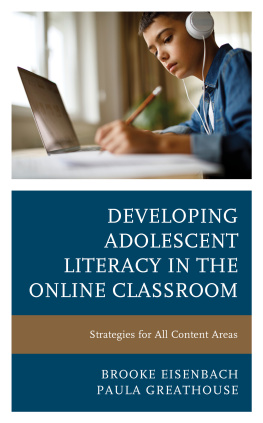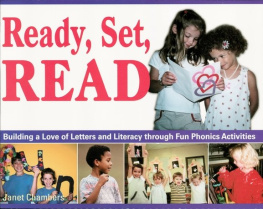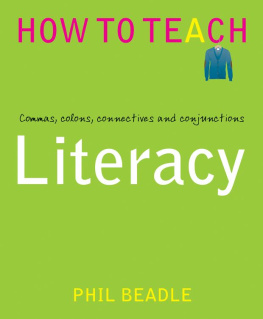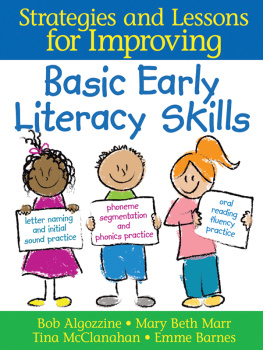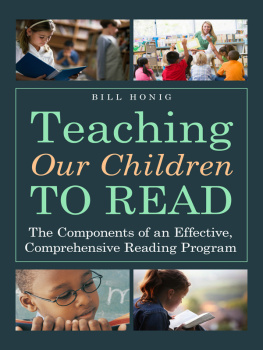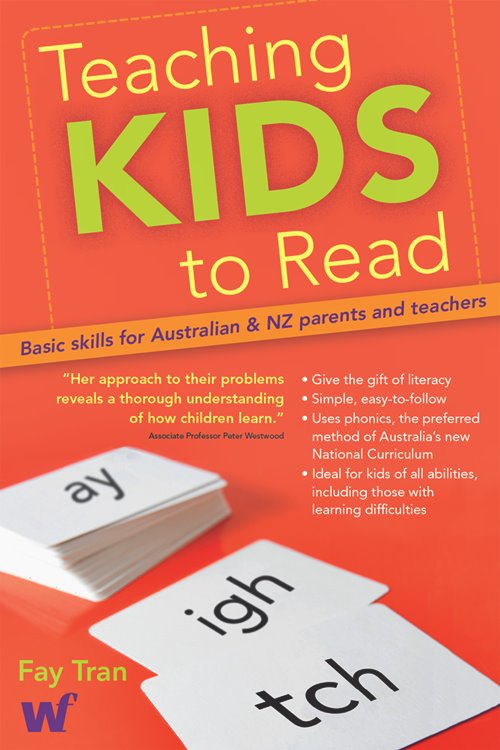First published in Australia and New Zealand in 2010 by
Wilkins Farago Pty Ltd, PO Box 78, Albert Park, Victoria 3206, Australia
Email
Additional parent and teacher resources can be downloaded from
www.wilkinsfarago.com.au
National Library of Australia Cataloguing-in-Publication entry
Author: | Tran, Fay Lorraine. |
Title: | Teaching kids to read: basic skills for parents and teachers / Fay Tran. |
Edition: | 1st ed. |
ISBN: | 9780980607055 (pbk.) |
9780980607062 (pdf) |
9780987109903 (ebook) |
Subjects: | Reading (Primary)--Phonetic method--Australia. |
Reading (Primary)--Phonetic method--New Zealand. |
Literacy--Study and teaching (Primary)--Australia. |
Literacy--Study and teaching (Primary)--New Zealand. |
Dewey Number: 372.4
Copyright 2010 Fay Tran
This book is copyright. Apart from any fair dealing for the purposes of private study, research, criticism or review, as permitted under the Australian Copyright Act, no part may be reproduced by any means without written permission from the publisher.
The pages from the Fitzroy Readers series on page 67 reproduced by kind permission of Fitzroy Programs.
Design by Alicia Freile, Tango Media
Edited by Renee Otmar at Otmar Miller Pty Ltd
eBook developed by IntegralDMS www.integraldms.com.
Distributed by Dennis Jones & Associates in Australia and New Zealand
Foreword
It is refreshing to find a book by an Australian author that reflects real depth of teaching experience in applying methods of instruction that research has shown to be the most effective for teaching early reading and spelling. I found myself agreeing with every point that Fay Tran makes in this helpful text.
By using an anecdotal style, the author has brought to life in these pages a wide range of children with learning problems and associated difficulties. Her approach to their problems reveals a thorough understanding of how children learn, the obstacles that some children may encounter, and the most effective ways of overcoming their difficulties.
The results from research conducted in many English-speaking countries have indicated very clearly that the early stages of teaching reading and spelling must include an emphasis on explicit instruction in phonemic awareness and letter-to-sound relationships, because both are necessary for decoding or writing unfamiliar words. This method is exemplified here through the structured use of a phonogram approach. In addition, the author stresses the importance of teaching all skills and strategies to the point of mastery by providing abundant practice and the opportunity to apply new learning. The role of assessment in monitoring childrens progress is also well illustrated.
But the book is really about very much more than simply teaching phonics. The author touches on many symptoms of learning difficulties, and suggests how these difficulties may be addressed appropriately in the classroom and at home.
Peter Westwood
Associate Professor (Special Education), now retired
About the Author
Fay Tran is a specialist literacy teacher with over 25 years experience in helping children of all abilities with their learning difficulties, mostly recently at one of Victorias top educational institutions, Geelong Grammar School.
Fay has a Bachelor of Education degree from Deakin University and a Bachelor of Special Education degree from Flinders University, and has considerable experience as both a teacher and teacher-librarian. She has authored papers on childrens learning difficulties, and is a member of Learning Difficulties Australia and Support for Dyslexia and other Learning Difficulties (SPELD).
Fay retired from full-time work in 2010. Teaching Kids to Read represents the fruit of a lifetimes passion for literacy.
Contents
Using phonics to teach reading and spelling Y Phonics and the new National Curriculum Y Identifying a childs learning difficulty Y Using this book
Screening tests Y Diagnostic assessment Y Diagnosing an underlying learning difficulty Y Phonemic awareness tests Y Phonological-processing tests Y Short-term auditory memory tests Y Visual processing tests Y General language tests Y Intelligence tests Y Test scores and standardisation
Barry Y Diagnosing the problem Y The Spalding method Y Teaching the single-letter phonograms Y Teaching the two and three letter phonograms Y Using strengths and strengthening weaknesses Y Barrys first book Y A problem shared is a problem halved Y Charting Barrys progress Y NAPLAN testing Y Maths and spelling with Barry Y Barrys behaviour improves Y Barry graduates Y Focusing on Barrys maths Y Testing Brian Y Henry Y Diagnosing Henrys problem Y Teaching Henry the phonograms Y Charting Henrys progress Y The importance of adequate sleep
Diagnosing Boriss difficulties Y Sandra Y Assessing Sandras difficulties Y Charting Sandras improvement Y Consolidating Sandras progress Y Success for Sandra
Karl, the reluctant reader Y The reading series Y Holly does not have phonics skills Y Children must be rescued from reading failure Y Holly masters phonics
Stephens hearing impairment and delayed language Y Stephen progresses slowly Y The importance of general knowledge Y Stephen asks questions Y Stephen learns to sing Y Vanessa and Vickies comprehension strategies Y Reading and comprehension strategies
Peter: not just ADHD Y Peter makes progress
Annie Y Reading practice Y Annie improves Y Pencil grip and handwriting Y John Y What boring really means
Barry, Henry and Nat
Mary
Nat
Lien Y Louise Y Louise reflects on her school and university experiences
The need for individual instruction Y Using a variety of strategies Y Practice makes perfect Y The need for formal assessment Y An ideal teaching model Y Individualised programs and parent-teacher cooperation
Acknowledgements
The author wishes to thank the following, who have contributed to the production of this book:
Family and friends for their support and suggestions, particularly Jenny Hendry, Alison Humphreys, Sr Catherine Seward, Hsiu Lin Li and my husband, Nguyen.
Colleagues from over the years, for sharing their wisdom and helping me to develop and implement teaching techniques, particulary Bill Senyard, Dick Weigall and Judy OBrien.
Peter Westwood for his foreword and suggestions and for his guidance over the years through his teaching when I was a B. Sp. Ed. student, and for his books about teaching children with learning difficulties (see ).
Parents of students I have taught, who have helped me to understand their childrens difficulties and trustingly implemented my suggestions. In particular, those who willingly gave me permission to tell their childrens stories in this book, in the hope that it would help other children.
Andrew Wilkins and his team and Rene Otmar for turning my amateurish manuscript into a book.
Most of all, the children themselves, who have taught me more than any training courses, conferences and books.
Glossary
Here below are definitions of some of the key technical terms used in this book. Where terms appear in bold throughout the book, their definitions can be found in this glossary.


